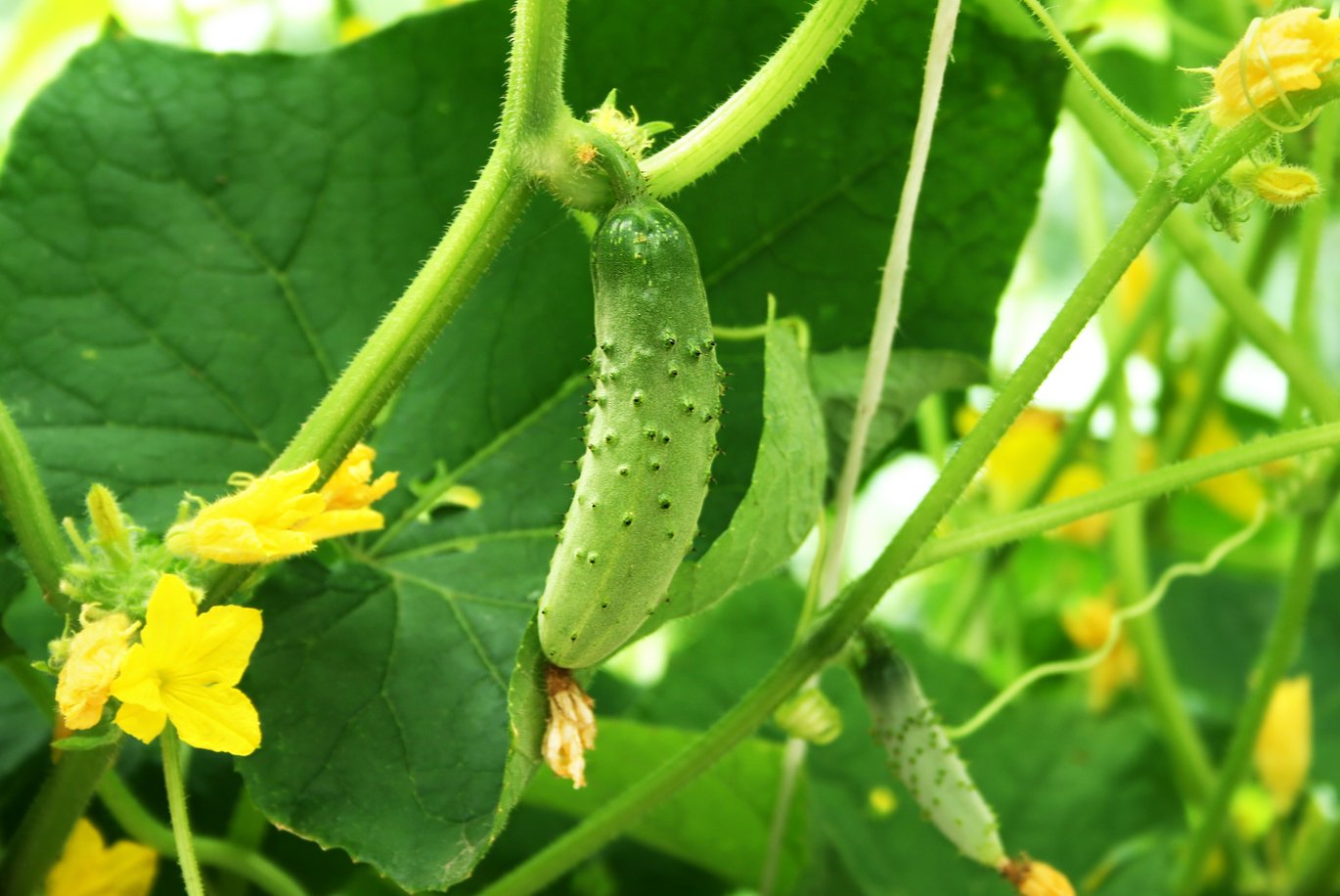Doing battle against hairy root disease in horticultural crops
Integrated pest management strategies can be the approach to take against the increasingly prevalent problem of hairy root disease in minor crops.

The horticultural industry has seen an increasing prevalence of a particular, harmful bacteria which can cause certain crop types to develop excessively hairy roots. And why, you might ask, does it matter if a tomato or a cucumber has hairy roots? The condition is not merely cosmetic; it reduces the yield of the crop and causes substantial economic losses to the European horticultural industry.
Scientists from Belgium, France and Switzerland are therefore collaborating on a project that seeks to control hairy root disease in tomatoes, cucumbers and eggplants using integrated pest management strategies. The two-year project has seven partners and a total budget of € 347,015.
Hairy root disease is caused by the bacterium Rhizobium rhizogenes (formerly Agrobacterium rhizogenes). Control of the disease has hitherto relied on chemical means. However, hairy root disease is a hard nut to crack because the bacteria form a biofilm around the roots of the plant and in the irrigation system.
Biofilms are difficult to remove because they provide a niche in which the microbes are protected against disinfectants. High concentrations of chemicals are required to remove biofilm. In addition, some of these chemicals are converted to toxic by-products.
The main objective of the project is to develop long-term and sustainable integrated pest management solutions to reduce problems caused by hairy root disease. The scientists will approach the problem from several angles and will look at plant cultivation, biofilm in irrigation systems, and plant microflora.
More specifically, the project partners aim to develop a reliable monitoring tool for rapid detection of hairy root disease and will screen for new biocontrol organisms, evaluate novel anti-biofilm compounds and investigate new cultivation techniques to reduce disease symptoms.
For more information about the project please contact: Professor Hans Rediers, Department of Microbial and Molecular Systems, KU Leuven, Belgium, e-mail: hans.rediers@kuleuven.be
See the list of all the projects approved in the first C-IPM call here.